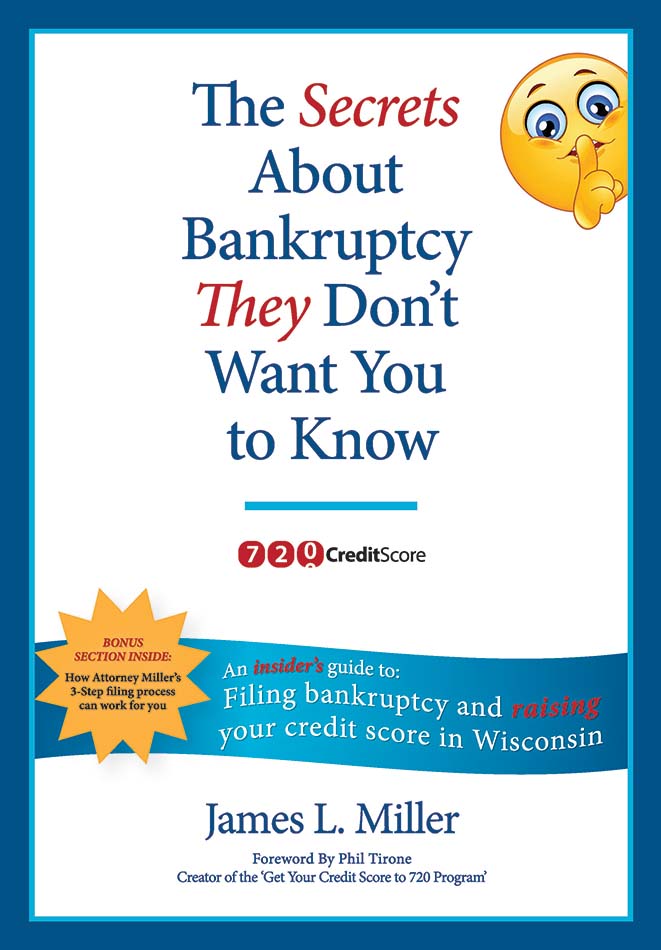In our last post, we spoke about the possibility of filing a Chapter 13 bankruptcy case to obtain relief from student loans. As we noted, though a bankruptcy filing would temporary provide relief to a graduate, it would not ultimately result in discharge of student loans, at least not ordinarily.
The common wisdom is that getting student loan debt discharged in bankruptcy is next to impossible due to the requirement that the debtor show “undue hardship.” While it is certainly difficult to obtain discharge of student loan debt, it is not necessarily as hard as it is sometimes made out to be. That being said, courts are strict with the criteria for undue hardship.
Bankruptcy courts will use a three-part test to evaluate whether there is undue hardship for a debtor. First of all, the court will look at whether the debtor would be able to maintain a minimal standard of living if he or she was forced to repay the loan. Minimal standard of living presumably includes reasonable expenses for food, housing, transportation, utilities and so on. Second, the court will evaluate whether the evidence shows that the hardship will continue for a significant portion of the loan repayment period. Hardship that is expected to last 5 years probably doesn’t meet the standard, but 20 years of hardship very well might.
Third, the debtor must have made a good faith effort to repay the loan prior to filing for bankruptcy. According to the Department of Education, this generally means the debtor has been in repayment for a minimum of five years. All three of these requirements must be met in order for the court to make a finding of undue hardship.
In our next post, we’ll continue looking at this issue and at what the undue hardship cases generally show.

